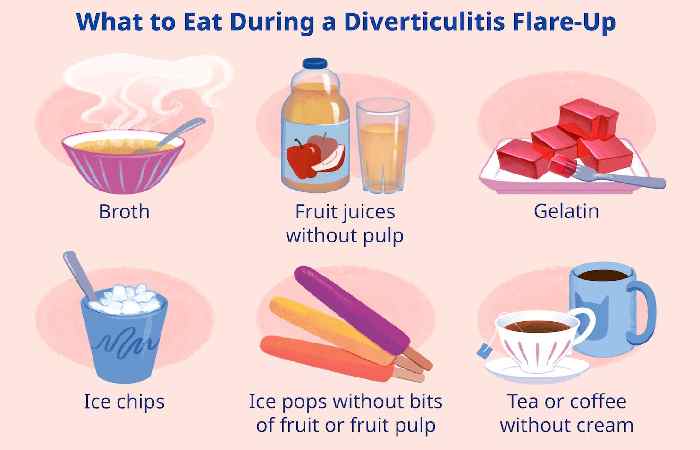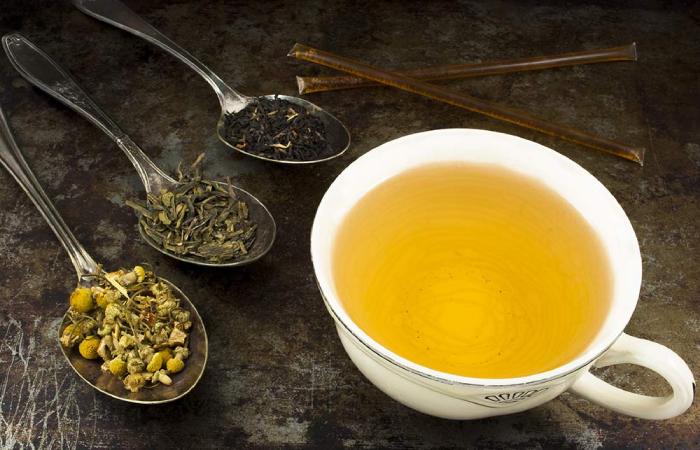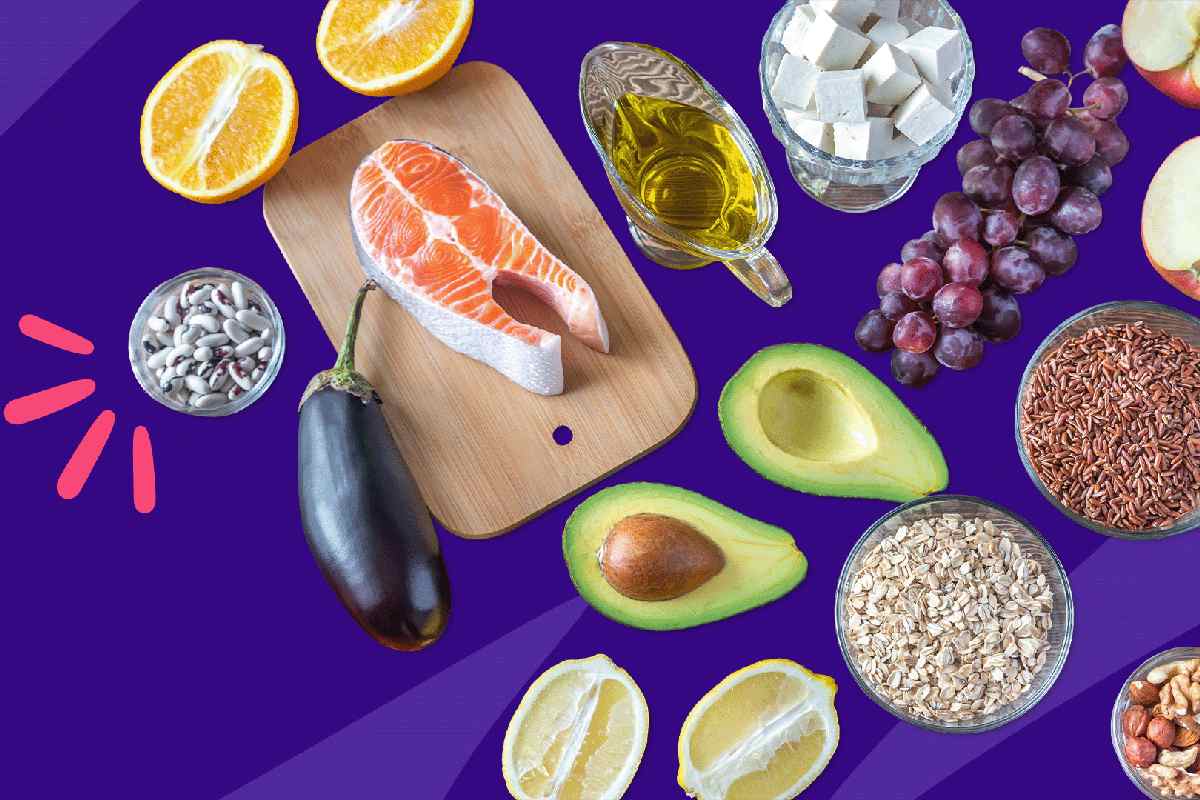Diverticulitis-Diet you may have to change how you eat. Your diet will depend on whether your diverticulitis is flaring up or recovering or preventing a flare-up. Often, the term “diverticulitis diet” describes a way of eating that adjusts based on those stages of the condition. It mainly describes the eating plan that a healthcare professional may recommend during a flare-up.
Diverticulitis is the name given to inflamed pockets formed by the wall of the large intestine. The pockets, called diverticula, bubble through the intestine’s wall. When the diverticula gets inflamed or infected, the condition is called diverticulitis. This condition can cause sudden symptoms, called flare-ups, pain in the stomach, fever, and changes in stool.
Table of Contents
What Can I Eat if I Have Diverticulitis?

As you get older, you can develop little bulging pouches in the lining of your large intestine called diverticula. When you have them, it’s a condition called diverticulosis. It’s common not to have any symptoms or problems with diverticulosis — you won’t even know the pouches are there.
But sometimes, the pouches can become inflamed or infected, which leads to a condition called diverticulitis. It can cause stomach pain, nausea, vomiting, bloating, fever, constipation, or diarrhea.
When you’re having a bout of diverticulitis, it’s helpful to rest your digestive system by drinking liquids and eating easy-to-digest, low-fiber foods.
Diverticulitis Liquid Diet

When diverticulitis flares up, giving your gut a break can help ease your symptoms. Your doctor may tell you to stop eating and drinking for a short time so your digestive system can rest and recover. This pause in eating is sometimes called a bowel rest. After this brief break, your doctor may recommend that you avoid solid food and only consume liquids for 2-3 days. Be sure to choose clear liquids. Some good choices include:
- Clear, fat-free broth
- Fruit juice, as long as it has no pulp
- Water (plain or carbonated)
- Sports drinks
- Tea or coffee, but don’t add milk or cream
You must chew on ice chips or eat gelatin (without fruit) or ice pops (as long as they don’t contain fruit or pulp).
Foods to Eat With Diverticulitis
You should begin to feel better after a short period on an all-liquid diet. If your symptoms are improving, your doctor will probably recommend that you slowly start eating solid foods. It’s essential to choose low-fiber foods during this time. It may seem surprising if you have heard that eating a high-fiber diet decreases the risk of diverticulitis. That’s true, but it’s best to avoid fiber when you have diverticulitis symptoms.
Continue with a low-fiber diet for 2-3 days or as long as your doctor suggests. Some low-fiber foods include:
- Eggs
- Chicken and turkey
- Fish
- White bread, rice, and pasta
- Canned or cooked fruits (be sure they have no skin or seeds)
- Canned or cooked vegetables (with no skin)
- Fruit and vegetable juice (with no pulp)
- Low-fiber cereals
- Milk, yogurt, and cheese
Conclusion
Diverticulitis occurs when pouches in the intestines called diverticula become infected or inflamed. Resting your digestive system, briefly abstaining from food, and making specific diet changes can help control diverticulitis symptoms. Once a diverticulitis attack is controlled, high-fiber foods can help prevent future flare-ups.
Also Read
Wellhealthorganic.com : Remove Dark Spots On Face Tang – Lemon Juice

